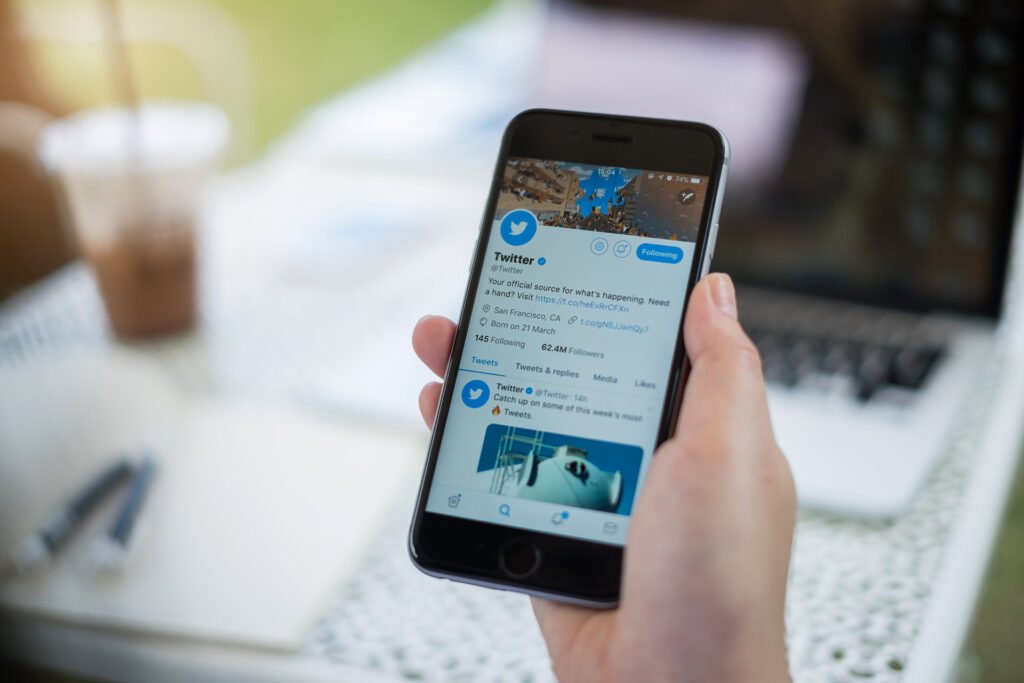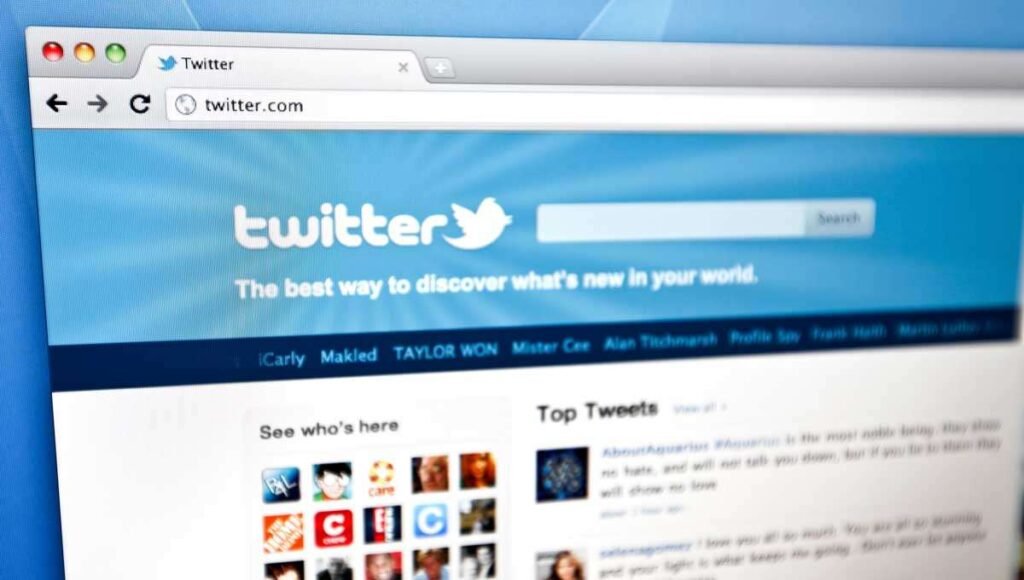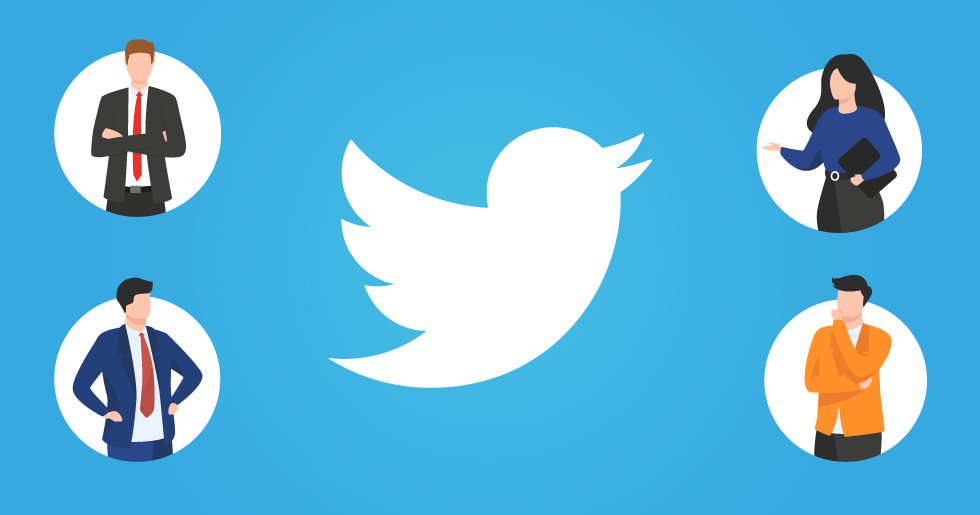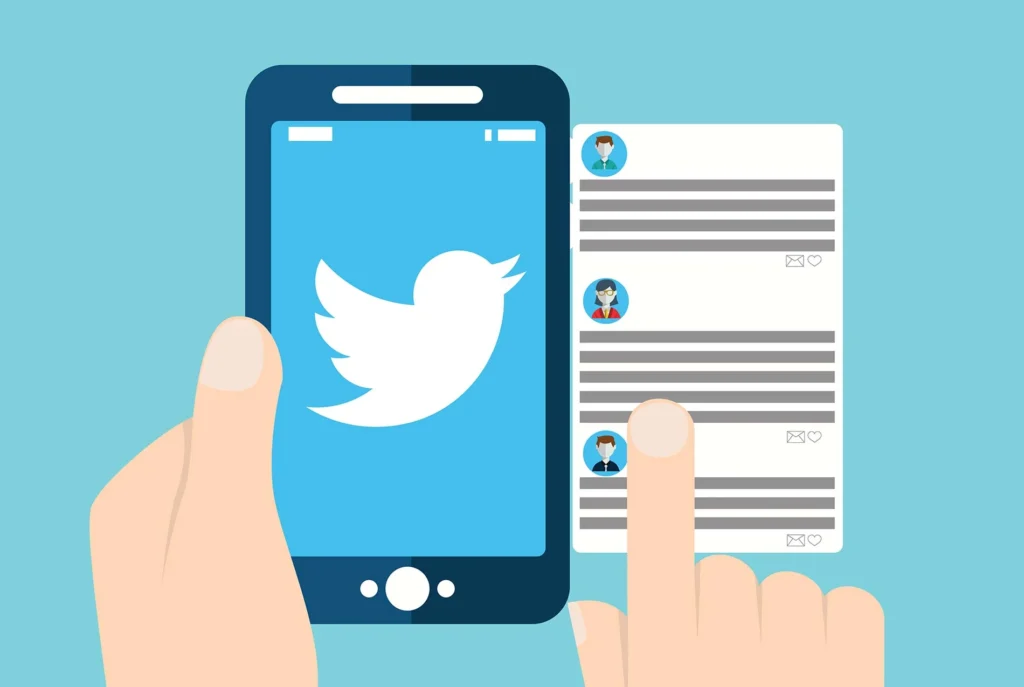Table of Contents
In the rapidly evolving landscape of digital marketing, social media platforms like Twitter continue to play a pivotal role in business promotion, customer engagement, and brand building. As we venture into 2024, harnessing the power of Twitter effectively is more crucial than ever. This comprehensive guide will walk you through the strategies, tools, and best practices to leverage it for business success in the current era.F
What is twitter ?

It is a prominent social media platform that enables users to share and discover short messages called “tweets.” Launched in 2006, Twitter has grown into one of the most influential social networking services worldwide, with millions of active users engaging in diverse conversations on various topics.
At its core, It’s allows users to post tweets, which are limited to 280 characters in length (though some exceptions apply, such as threads and quoted tweets). These tweets can contain text, images, videos, links, hashtags, and mentions. Users can follow other accounts to see their tweets in their timeline, and tweets can be liked, retweeted, or replied to, fostering interactions and conversations among users.
Twitter serves as a platform for real-time communication, news dissemination, networking, and social interaction. It has become a hub for discussions on current events, politics, entertainment, sports, technology, and more. Hashtags play a significant role on it , allowing users to categorize and discover content related to specific topics or events.
Beyond individual users, businesses, organizations, celebrities, politicians, and influencers also utilize to connect with their audiences, share updates, promote products or services, and engage in public discourse.
it’s features have evolved over time to include functionalities like Twitter Spaces (audio chat rooms), Fleets (temporary tweets), Twitter Lists (curated lists of accounts), Twitter Polls (interactive polls), and Twitter Ads (advertising platform).
Understanding Twitter’s Landscape

In 2024, T-witter continues to be a dynamic and influential social media platform, with over 300 million monthly active users globally. Its landscape is characterized by real-time conversations, trending topics, and diverse content formats. Features like Spaces, Fleets, and Super Follows have gained prominence, offering users new ways to engage and connect.
Spaces enables users to host live audio conversations, fostering real-time interaction and community building. Fleets, it’s ephemeral tweets feature, allows users to share temporary content, providing a platform for spontaneous updates and behind-the-scenes glimpses. Super Follows enables creators to monetize their content by offering exclusive subscriptions to their followers, fostering a more direct relationship between creators and their audience.
it’s landscape is also shaped by its role in driving news and information dissemination, with trending topics often reflecting current events and discussions. Hashtags play a crucial role in organizing conversations around specific topics, events, or movements, amplifying reach and engagement.
Overall, understanding Twitter’s landscape in 2024 entails navigating its evolving features, content formats, and role in shaping real-time discourse and community interaction.
Who use twitter

Twitter is used by a diverse range of individuals, organizations, and entities for various purposes. Here’s a breakdown of some of the primary users of Twitter:
Individuals: Everyday users utilize to share thoughts, opinions, updates about their lives, and to connect with friends, family, and like-minded individuals. They tweet about a wide array of topics, including personal experiences, interests, hobbies, and current events.
Celebrities and Influencers: Celebrities from various industries, including entertainment, sports, politics, and business, use Twitter to engage with fans, share announcements, promote projects, and express their views on relevant issues. Influencers leverage the platform to build their personal brands, connect with followers, and collaborate with brands for sponsored content.
Businesses and Brands: Businesses of all sizes, from small startups to multinational corporations, utilize Twitter as a marketing and customer service tool. They share updates about products, services, promotions, and industry news, as well as engage with customers, address inquiries, and manage reputation.
Media Outlets and Journalists: News organizations, journalists, reporters, and bloggers use Twitter to disseminate breaking news, share articles, provide live coverage of events, and engage with their audience. Twitter serves as a real-time news source, facilitating the rapid spread of information.
Government and Public Figures: Government agencies, politicians, diplomats, and public figures maintain a presence on Twitter to communicate with constituents, share policy updates, and engage in public discourse. Twitter enables them to reach a wide audience and directly interact with citizens.
Nonprofit Organizations: Nonprofit organizations and advocacy groups leverage Twitter to raise awareness about social issues, promote fundraising campaigns, mobilize supporters, and engage in advocacy efforts. It provides a platform for amplifying their message and connecting with potential donors and volunteers.
Educators and Academics: Teachers, professors, researchers, and educational institutions use to share knowledge, resources, and insights related to their fields of expertise. They participate in educational chats, share teaching strategies, and collaborate with peers globally.
Entertainment Industry: Film studios, music labels, television networks, and entertainment personalities utilize Twitter to promote new releases, engage with fans, share behind-the-scenes content, and announce tour dates or events.
Why Should Marketers Use Twitter?
Marketers should use Twitter for a multitude of reasons, each contributing to the platform’s effectiveness as a marketing tool:
Wide Reach: With over 300 million monthly active users, Twitter provides marketers with access to a vast audience across various demographics, interests, and geographic locations.
Real-Time Engagement:It’s fast-paced nature allows marketers to engage with their audience in real-time. Whether it’s joining trending conversations, providing immediate customer support, or sharing live updates, Twitter enables brands to stay relevant and responsive.
Brand Awareness: By consistently sharing valuable content, engaging with followers, and participating in relevant conversations, marketers can increase brand visibility and awareness on it. Retweets and mentions further amplify a brand’s reach within the platform and beyond.
Customer Insights: Twitter offers valuable insights into customer preferences, opinions, and trends through features like Twitter polls, sentiment analysis, and monitoring of relevant hashtags and keywords. Marketers can leverage this data to tailor their messaging, products, and services to better resonate with their target audience.
Drive Website Traffic: Marketers can use Twitter to drive traffic to their website or other online platforms by sharing links to blog posts, articles, product pages, landing pages, and more. Compelling calls-to-action and visually appealing media can increase click-through rates and conversions.
Community Building: Twitter facilitates the building of communities around brands, products, or interests. By fostering meaningful interactions, engaging with followers, and participating in industry discussions, marketers can cultivate a loyal and engaged community that advocates for their brand.
Influencer Collaboration: Twitter provides a platform for collaboration with influencers and thought leaders in various industries. Partnering with relevant influencers can help marketers expand their reach, increase credibility, and access new audiences through authentic endorsements and collaborations.
Customer Support: Many consumers turn to Twitter to seek assistance or voice concerns about products or services. Marketers can use the platform to provide timely and personalized customer support, address inquiries and complaints, and showcase their commitment to customer satisfaction.
Promotions and Campaigns: offers various advertising options, including promoted tweets, trends, and accounts, allowing marketers to amplify their message, reach specific demographics, and drive conversions. Additionally, organic promotions, such as hashtag campaigns and giveaways, can generate buzz and engagement around a brand or campaign.
Stay Updated on Industry Trends: Twitter serves as a valuable source of news, updates, and insights across industries. By following relevant accounts, participating in industry chats, and monitoring hashtags, marketers can stay informed about the latest trends, developments, and competitive intelligence within their field.
How to Use Twitter

Setting Clear Objectives: Before diving into Twitter for business, it’s essential to establish clear objectives aligned with your overall marketing goals. Whether you aim to increase brand awareness, drive website traffic, generate leads, or enhance customer engagement, defining your objectives will guide your Twitter strategy and measurement metrics.
Crafting a Compelling Profile: Your profile serves as the face of your business on the platform. Optimize it by using a high-resolution profile picture, a captivating header image, and a concise yet informative bio that highlights your brand’s unique value proposition. Ensure your bio includes relevant keywords for better discoverability in Twitter search.
Content Strategy and Creation: Content is the backbone of any successful strategy. In 2024, the emphasis is on creating diverse, engaging content formats that resonate with your audience. This includes:
Tweets: Craft tweets that are concise, conversational, and visually appealing. Incorporate multimedia elements like images, videos, GIFs, and polls to enhance engagement.
Threads: Utilize thread functionality to share longer-form content, tell stories, or provide in-depth insights on industry topics.
Spaces: Host live audio conversations through Spaces to connect with your audience in real-time, conduct Q&A sessions, or host virtual events.
Fleets: Share ephemeral content like behind-the-scenes glimpses, limited-time offers, or quick announcements using Fleets.
Super Follows: Offer exclusive content, behind-the-scenes access, or special perks to subscribers through the Super Follows feature.
Consistency and Timing: Maintaining a consistent posting schedule is crucial for staying top-of-mind with your audience. Use Twitter analytics to identify optimal posting times when your followers are most active and schedule tweets accordingly. Experiment with different posting frequencies and observe engagement metrics to refine your approach over time.
Engagement and Community Building: It is a two-way communication platform, offering ample opportunities for businesses to engage with their audience and build a loyal community. Foster meaningful interactions by:
Responding promptly to mentions, messages, and comments.
Participating in relevant conversations and industry hashtags.
Retweeting and liking content from followers and industry peers.
Acknowledging and celebrating milestones, achievements, and user-generated content from your community.
Encouraging user-generated content through branded hashtags, contests, and challenges.
Utilizing Twitter Ads: Twitter Ads provide powerful tools for reaching a targeted audience, driving conversions, and amplifying your business’s presence on the platform. In 2024, businesses can leverage various ad formats, including:
Promoted Tweets: Boost the visibility of your tweets by targeting specific demographics, interests, or keywords.
Promoted Trends: Showcase your brand or campaign with a prominent placement in Twitter’s trending topics section.
Promoted Accounts: Grow your follower base by promoting your Twitter account to users who may be interested in your industry or offerings.
Video Ads: Capture attention with compelling video content and drive engagement or website traffic through video ads.
Carousel Ads: Tell a cohesive story or showcase multiple products/services in a single ad unit using carousel ads.
Measuring Success and Iterating: Effectively measuring the performance of your Twitter efforts is essential for optimizing your strategy and achieving your business objectives. Track key metrics such as engagement rate, reach, impressions, click-through rate (CTR), and conversion rate to gauge the effectiveness of your tweets and campaigns. Use Twitter Analytics, along with third-party tools like Hoot-suite, Sprout Social, or Buffer, to gain deeper insights into your audience’s behavior and preferences. Based on your findings, iterate on your content strategy, posting schedule, and ad campaigns to continuously improve results.
Conclusion
In 2024, leveraging Twitter for business remains a dynamic and potent strategy for engaging with audiences, building brand presence, and driving growth. As social media platforms evolve, so do the tactics for effective business utilization of Twitter.
The key to success lies in understanding and adapting to the latest trends and features. With the continued rise of video content, businesses should prioritize incorporating video tweets and live streaming to captivate audiences. Additionally, embracing interactive features like polls, fleets, and Spaces can foster deeper connections and encourage real-time engagement.
Furthermore, personalization and authenticity are paramount in the current landscape. Businesses should strive to humanize their brand by sharing behind-the-scenes glimpses, showcasing employee stories, and actively listening and responding to customer feedback.
Moreover, in an era where social responsibility matters, brands should demonstrate commitment to causes and values that resonate with their audience, fostering goodwill and trust.
Twitter remains a powerful tool for businesses in 2024, offering myriad opportunities for brand visibility, customer engagement, and community building. By staying agile, authentic, and attuned to the latest trends, businesses can unlock the full potential of Twitter to drive success in the ever-evolving digital marketplace.



Leave a Reply